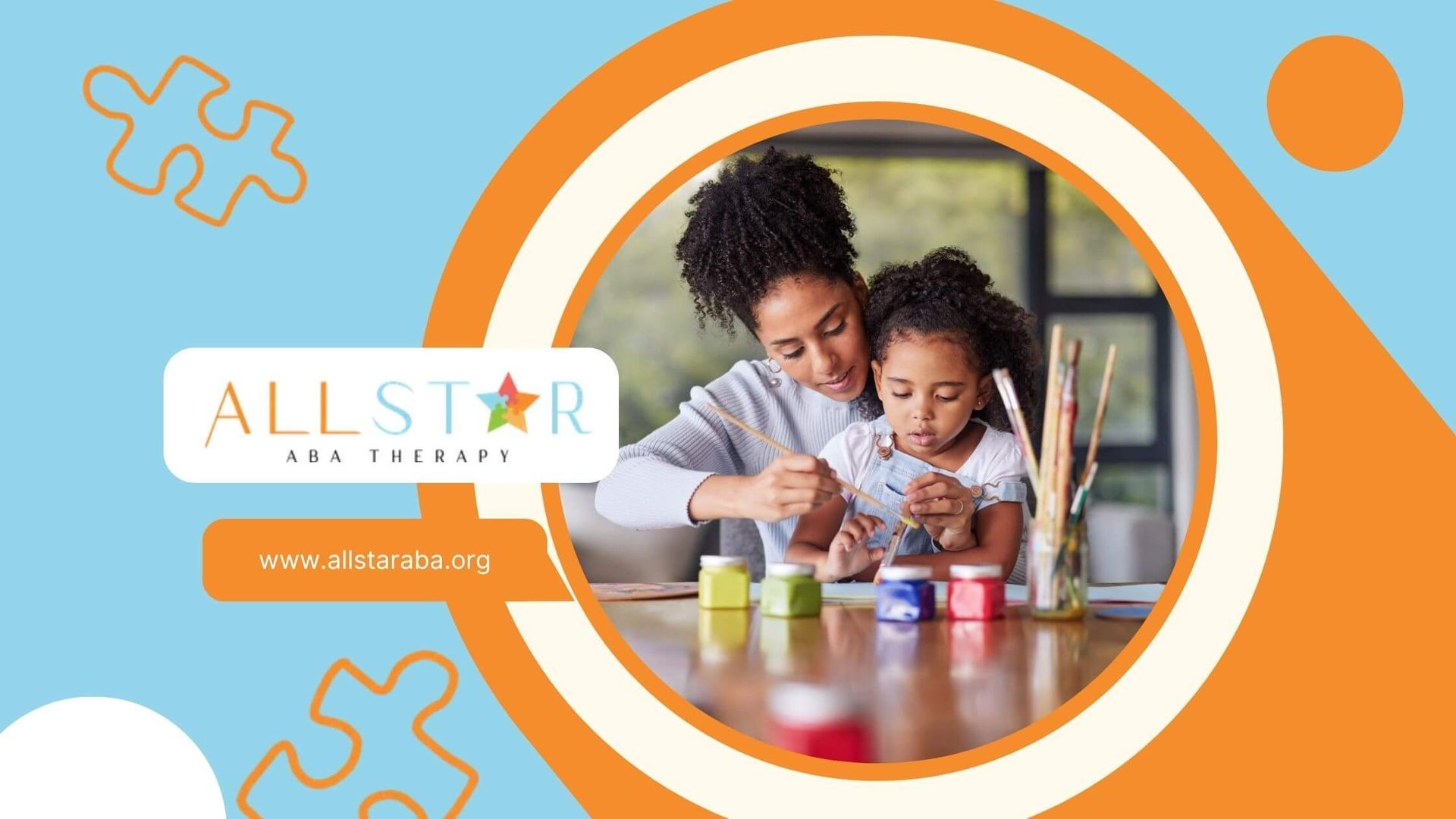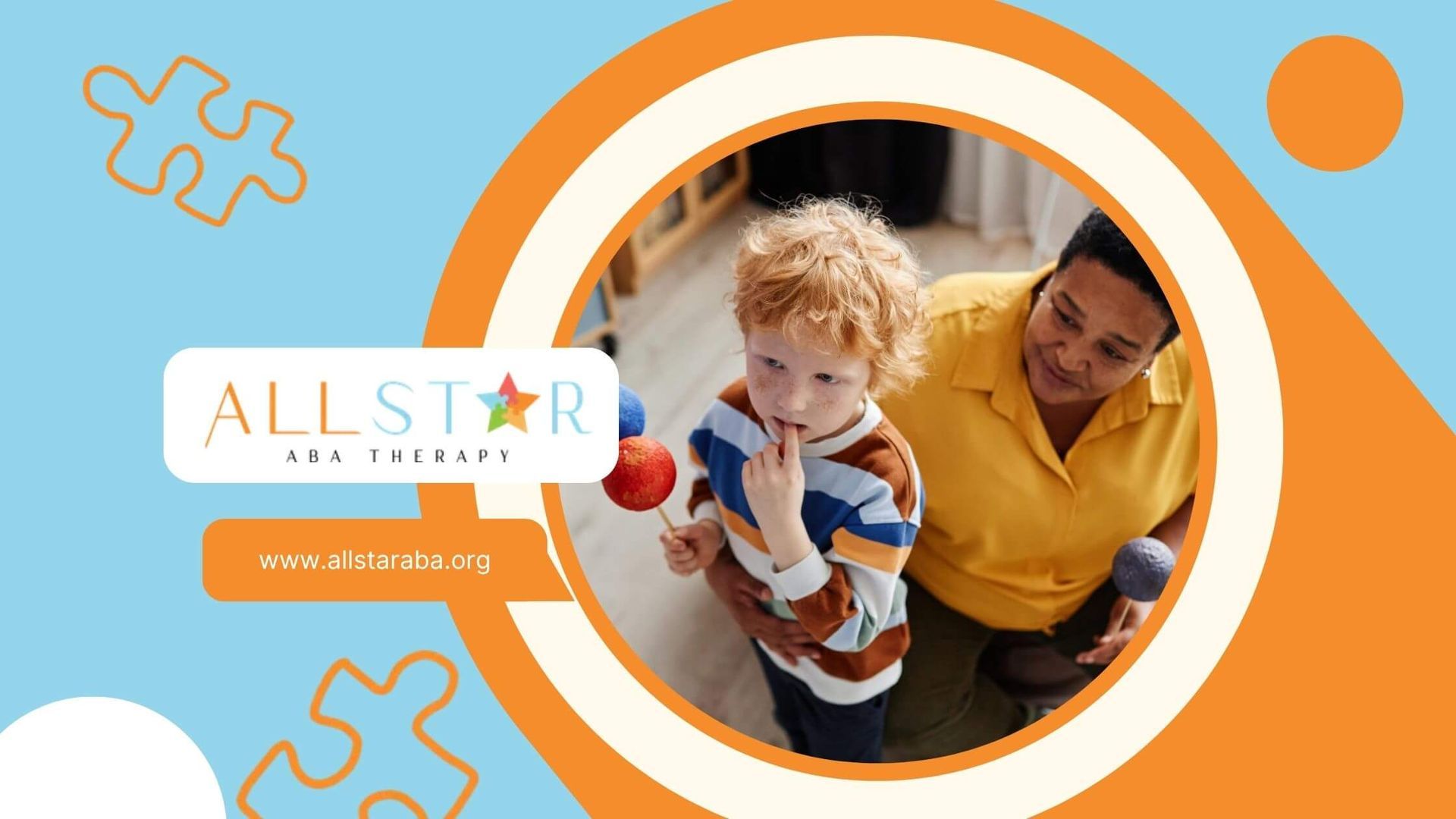New Paragraph
Structured Play in ABA: The Fun Way to Help Your Child Learn
When it comes to helping children with autism develop crucial skills, playtime can be more than just fun—it can be a powerful learning experience.
In ABA therapy, structured play creates an environment where children can practice social skills, communication, and emotional regulation with clear expectations and guidance.
The result? A more confident, capable child ready to tackle the challenges of the world around them.
One of my clients noticed her daughter struggling with following rules during play. After a few structured sessions that focused on game rules and taking turns, she started applying these skills outside of therapy, too. It was amazing to see her progress—and it all started with structured play!
What Is Structured Play in ABA Therapy?
Defining Structured Play and Its Importance in ABA Therapy
Structured play in ABA therapy is a goal-directed activity led by a therapist or caregiver.
Unlike unstructured play, which allows children to explore freely on their own, structured play provides a clear framework with defined goals, rules, and instructions. This method of play helps children with autism develop specific skills in a predictable, low-stress environment.
For children with autism, predictability and structure are vital. Many children on the spectrum find comfort in knowing exactly what’s going to happen next. Structured play helps them focus on the task at hand, rather than becoming distracted or overwhelmed by uncertainty.
By setting clear expectations and using visual supports, therapists guide children through each activity, ensuring that learning is both fun and effective.
During structured play, the child’s interests are often integrated into the activity, which significantly increases motivation and engagement.
For example, if a child loves dinosaurs, a therapist might use a dinosaur-themed puzzle or board game to practice communication, turn-taking, and following rules. This ensures that play is not only enjoyable but also meaningful and tailored to the child’s unique preferences.
Why Structured Play Works in ABA Therapy
The Science Behind Why Structured Play Is So Effective
So, why does structured play work so well for children with autism? The effectiveness of structured play lies in its ability to combine motivation, engagement, and skill-building in a safe, predictable setting.
Here are the key reasons why structured play is a core part of ABA therapy:
1. Clear Goals and Expectations
In ABA therapy, everything is designed with a purpose. The goal of structured play is to teach specific skills, whether they’re related to communication, social interaction, problem-solving, or emotional regulation.
The therapist sets clear goals for each session, which helps the child understand exactly what is expected of them. This reduces confusion and helps the child stay focused and engaged in the activity.
For example, a therapist might guide a child through a game of "Simon Says" to practice following directions and taking turns. The child knows the goal is to listen carefully and follow the instructions.
As they practice, they learn how to engage with others in a cooperative way, and they also gain the confidence that comes with completing a task successfully.
2. Engagement Through Interest-Based Activities
Children are naturally more motivated to participate in activities that interest them. One of the biggest strengths of structured play in ABA therapy is the ability to incorporate the child’s interests into each activity.
By choosing activities that align with the child’s preferences, therapists increase the likelihood that the child will engage with the task and be excited about learning.
For example, if a child loves trains, the therapist might use a train-themed puzzle to teach color recognition or sorting skills. The child is more likely to remain interested and motivated throughout the activity because it’s centered around something they enjoy.
3. Social Interaction and Emotional Regulation
Structured play isn’t just about learning specific skills—it’s also about practicing social interactions and emotional regulation.
Many children with autism struggle with social cues, turn-taking, and managing emotions during interactions. Through structured play, children are provided with opportunities to practice these important social skills in a controlled environment.
For instance, in a game where the child has to wait for their turn, they learn patience and how to handle the frustration that might arise when they don’t get their way. A therapist can model appropriate emotional responses, helping the child learn how to manage their emotions in real-world situations.
Key Benefits of Structured Play in ABA Therapy
How Structured Play Supports Skill Development in Multiple Areas
Structured play provides an opportunity to target multiple developmental goals simultaneously. From communication skills to social development, structured play can address a wide range of needs in a child’s growth.
Below are some of the major benefits of structured play:
1. Enhances Communication and Language Skills
During structured play, children are encouraged to use both verbal and non-verbal communication.
Whether it’s asking for a toy, responding to questions, or labeling objects, structured play offers numerous opportunities to practice communication. The therapist might prompt the child to say “please” when asking for something or to label an object they see in the room.
For example, a simple activity like building a tower of blocks can be used to practice labeling colors, shapes, or sizes. The therapist might ask the child, “Can you hand me the red block?” or “How many blocks are in the tower?”
These questions prompt verbal communication, helping the child practice using language in context.
2. Boosts Social Skills and Emotional Regulation
One of the most significant benefits of structured play is its impact on social skills and emotional regulation.
Children with autism often find it challenging to interact with others, follow social norms, or manage their emotions during social situations. Structured play provides a safe and predictable environment where children can practice these essential skills.
For example, a therapist might use a board game to teach the child how to take turns, wait for their turn, and handle losing gracefully. As the child navigates the game, they practice cooperation, patience, and problem-solving—all while learning to regulate any frustration or disappointment that may arise.
3. Improves Problem-Solving and Cognitive Skills
Structured play also plays a significant role in improving problem-solving and cognitive development.
Activities like puzzles, sorting games, or building tasks help children practice critical thinking, attention, and sequential thinking. These activities provide a hands-on learning experience that helps children apply logic and reasoning to complete tasks.
For instance, building a Lego set with step-by-step instructions teaches the child to follow sequences, focus on details, and use planning skills to accomplish the task. Each small success during the game boosts the child’s confidence, making them feel capable of handling more complex challenges.
Structured vs. Unstructured Play: How They Complement Each Other
Understanding the Benefits of Each Type of Play
Both structured play and unstructured play are important, but they serve different purposes. While structured play focuses on teaching specific skills, unstructured play allows children to explore and express their creativity.
Here’s a closer look at how they complement each other:
- Structured Play: Led by an adult, structured play focuses on teaching specific skills like communication, social interaction, and problem-solving. It follows clear rules and goals, making it ideal for children who benefit from predictable routines.
- Unstructured Play: This type of play is led by the child, allowing them to explore freely, express creativity, and develop independence. Unstructured play fosters imagination and self-direction.
A balance of both types of play is essential for holistic development. Structured play provides a solid foundation for acquiring new skills, while unstructured play encourages creativity and exploration.
Best Practices for Structured Play Activities in ABA Therapy
Creating Effective and Engaging Play Sessions
Therapists use a wide range of activities to make structured play engaging and effective. These activities are tailored to each child’s interests and developmental needs.
Here are some examples of structured play activities that are commonly used in ABA therapy:
Common Structured Play Activities
- Board Games: Simple games like Candy Land or Chutes and Ladders teach turn-taking, rule-following, and social interaction. These games are an excellent way to practice patience and cooperation.
- Puzzles: Working on jigsaw puzzles or sorting tasks helps improve problem-solving skills, fine motor coordination, and attention to detail.
- Role-Playing: Pretend play scenarios like playing restaurant or doctor’s office help children practice social interactions and communication. These activities teach children how to respond appropriately to others in real-life situations.
- Building Toys (e.g., Legos): Building sets like Legos encourage sequencing, attention to detail, and creativity.
- Simple Sports: Activities like rolling a ball back and forth or playing catch promote cooperation and physical coordination, while teaching social skills like sharing and waiting for turns.
These activities make learning fun and engaging, ensuring that children stay motivated to participate in therapy sessions.
How Parents Can Support Structured Play at Home
Reinforcing What’s Learned in Therapy
As a parent, you can play a key role in supporting structured play at home.
Here are some tips on how to reinforce the skills your child is learning through ABA therapy:
Practical Tips for Parents
- Use Visual Aids: Picture schedules or charts can help your child understand the steps of an activity and provide visual reminders of the rules.
- Incorporate Interests: If your child loves trains, animals, or superheroes, incorporate those interests into the games you play at home. For example, use animal-themed cards or puzzles to reinforce learning.
- Be Consistent: Make structured play a regular part of your daily routine. The more consistent you are, the more your child will benefit from the repetition and routine.
- Provide Positive Reinforcement: Praise your child for participating, following directions, or completing a task. Positive reinforcement boosts their confidence and encourages them to continue practicing.
By incorporating structured play at home, you help bridge the gap between therapy and everyday life, making it easier for your child to generalize their skills.
Conclusion
Structured play in ABA therapy is a highly effective way to help children with autism develop critical life skills.
By combining clear goals, engaging activities, and consistent feedback, structured play fosters communication, social interaction, problem-solving, and emotional regulation in a controlled, supportive environment.
At All Star ABA, we specialize in providing personalized ABA therapy to help children with autism achieve their full potential.
Whether it’s through in-home therapy, center-based sessions, or school-based therapy, we’re here to support your child’s development every step of the way. We also offer ABA parent training to help you reinforce these strategies at home.
If you’re ready to see how structured play can benefit your child, contact us today for a free consultation. Let’s work together to create a fun, engaging, and supportive learning environment for your child.
Get in touch today to discover how structured play can help your child succeed!
FAQs
What is structured play in ABA therapy?
Structured play in ABA therapy refers to goal-oriented, adult-led play sessions designed to teach specific skills. Unlike free play, where children explore on their own, structured play has clear rules, instructions, and objectives, helping children with autism develop communication, social, and problem-solving skills in a predictable, low-stress environment.
How does structured play help kids with autism?
Structured play helps children with autism by providing a controlled environment where they can practice social skills, emotional regulation, and communication. The structured setting reduces anxiety and gives children the confidence to engage, learn, and build essential skills through fun, goal-driven activities.
What kind of activities are used in structured play?
In ABA therapy, activities like board games, puzzles, role-playing, and building toys are often used in structured play. These activities are selected to promote specific developmental goals, such as turn-taking, following directions, problem-solving, and improving communication skills, all while keeping the child engaged and motivated.
Can I use structured play at home to help my child?
Yes, you can absolutely support your child's learning at home by using structured play. Simple activities like playing board games, doing puzzles, or even role-playing everyday situations can reinforce the skills your child is learning in therapy. Using visual aids, offering positive reinforcement, and incorporating your child’s interests into play can make structured play more effective at home.
Sources:
- https://www.autismparentingmagazine.com/structured-unstructured-play/
- https://oapub.org/edu/index.php/ejae/article/view/4936
- https://pmc.ncbi.nlm.nih.gov/articles/PMC9850869/
- https://files.eric.ed.gov/fulltext/ED605907.pdf
Need Support?
We're Here to Help!
Our experienced team is ready to assist you. Reach out today to discuss how we can support your child's development and well-being.
Get started with expert ABA therapy today.








